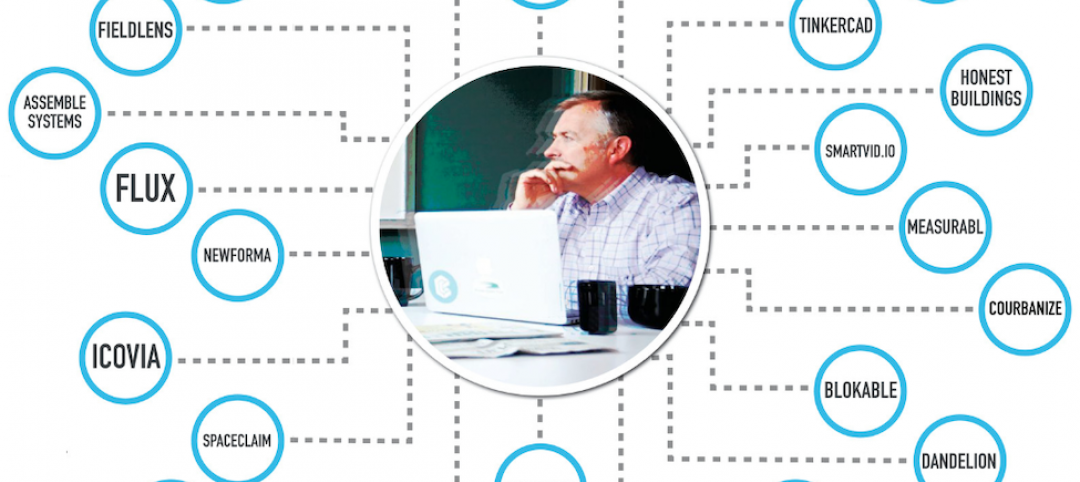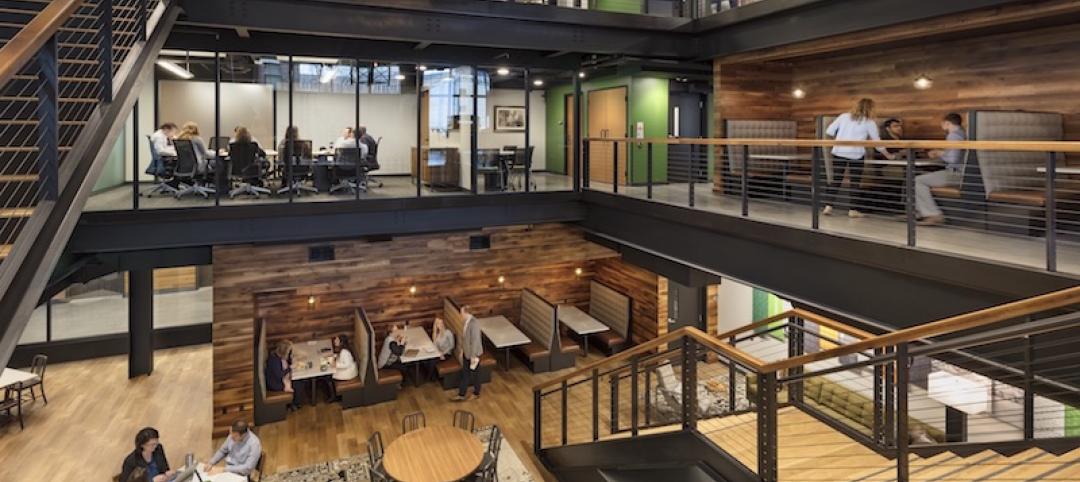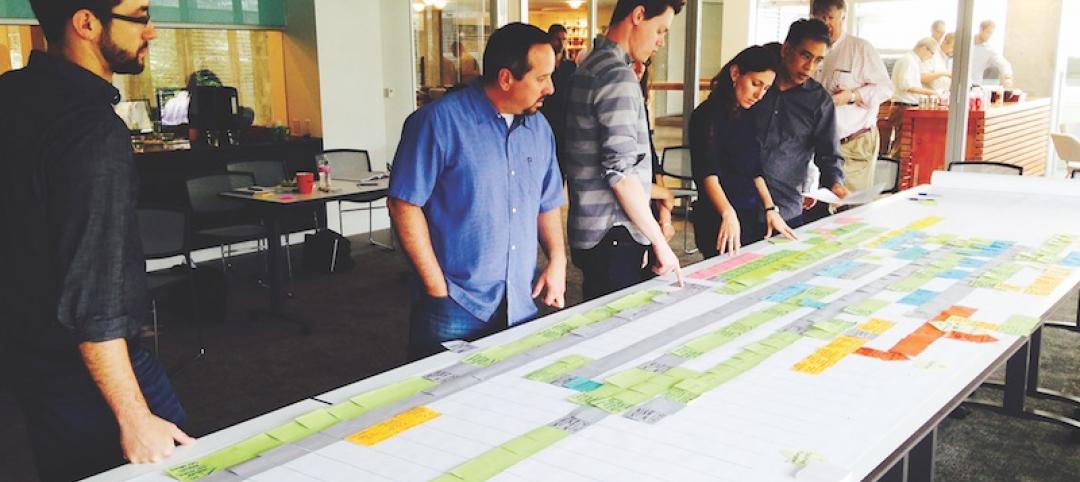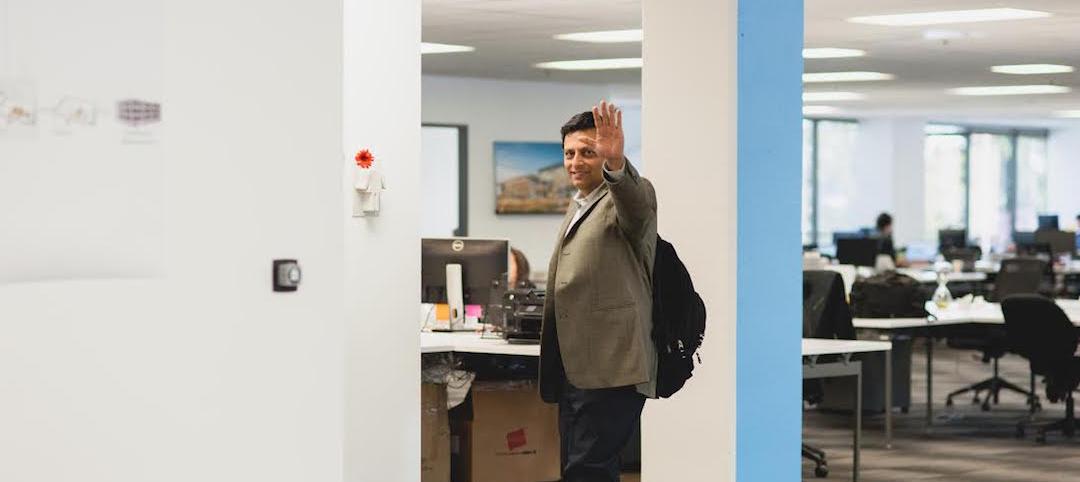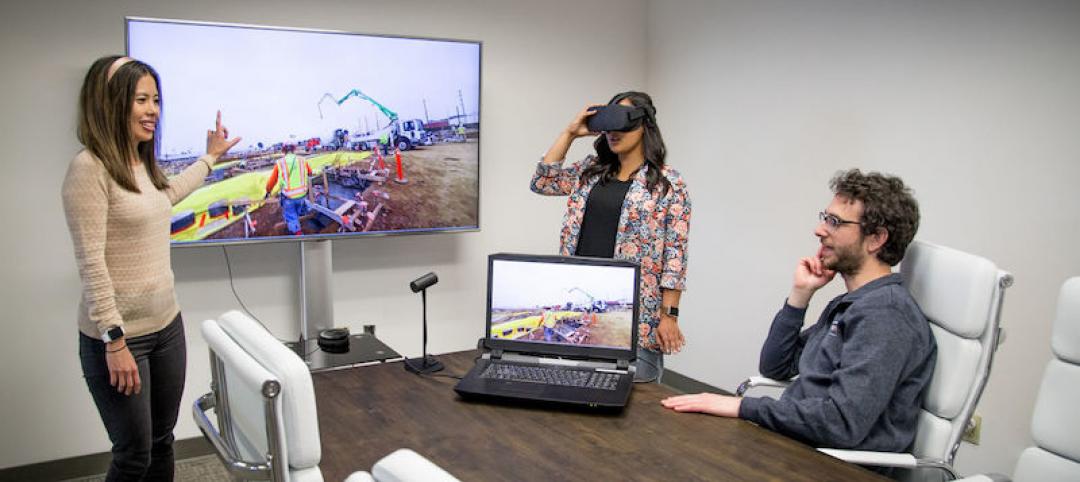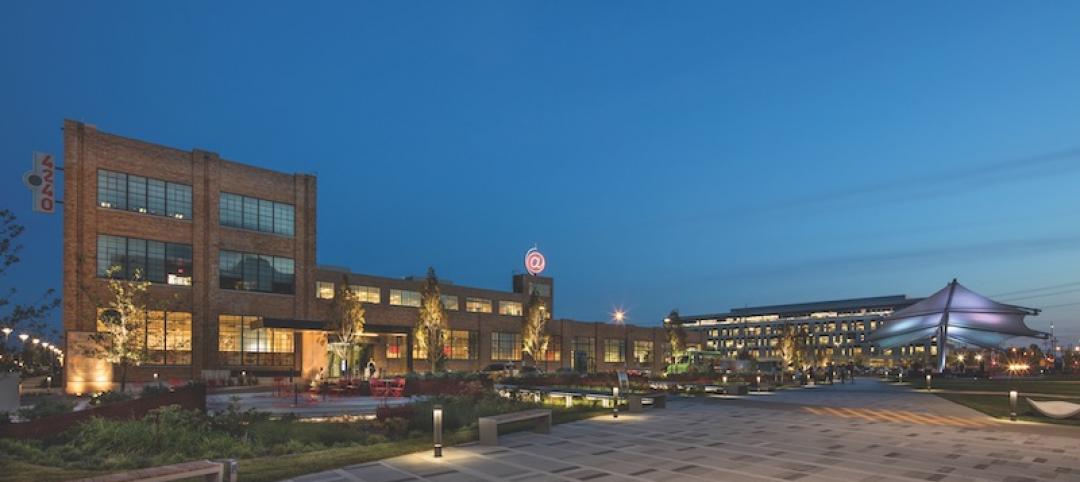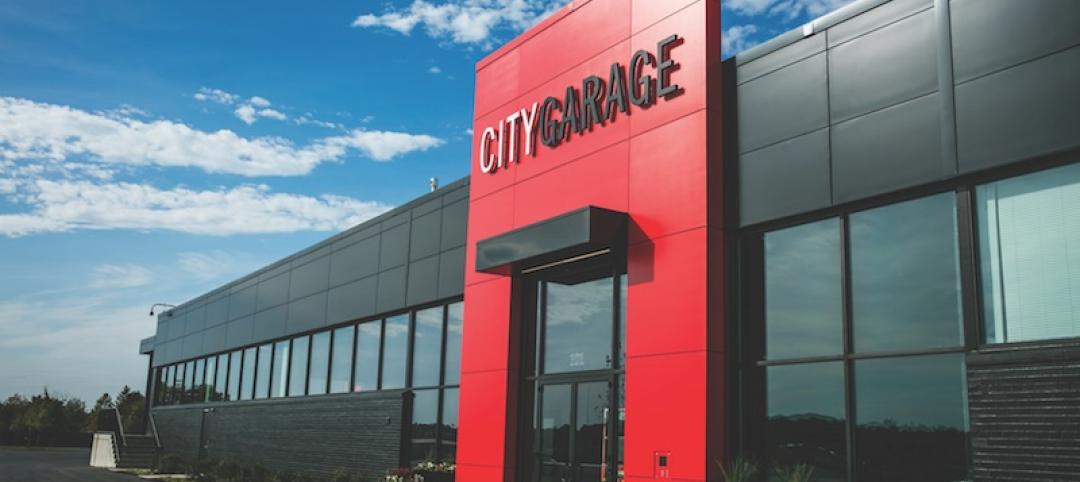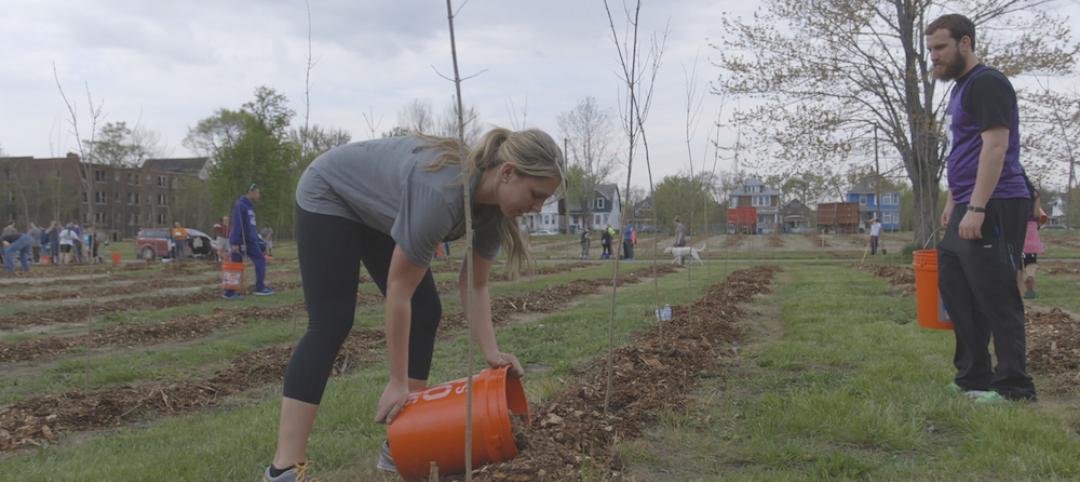Last January, the U.S. Department of Housing and Urban Development awarded a total of $1 billion in National Disaster Resilience grants to 13 states and cities. In making the announcement, HUD made it clear that its judging criteria followed that of Rebuild by Design, a competition that the Rockefeller Foundation initiated in the aftermath of Hurricane Sandy.
The 102-year-old Rockefeller Foundation has long been at the forefront of the resilience movement, helping municipalities and businesses find ways to combat and respond to manmade and natural disasters.
Over the last decade, the Foundation has invested more than $500 million to help communities strengthen their resilience. It has also leveraged $9 billion in resilience investments from governments, private-sector partners, and other actors. The mayors of two dozen U.S. cities (including Berkeley, Calif.; Boulder, Colo.; New Orleans; Pittsburgh; and Tulsa, Okla.) have committed 10% of their cities’ budgets—the equivalent of $5.2 billion—to resilience-building activities.
Rebuild by Design has provided resilience training for 167 communities affected by Hurricane Sandy. Sixty federal agencies have used its training program.
As of April 30, the Foundation’s “100 Resilient Cities” network was fully subscribed; more than 1,100 municipalities applied. “We have 100 test beds proving the resilience model every day,” says the Foundation’s President, Judith Rodin, PhD.
BD+C MOVERS AND SHAPERS
The People, Institutions, and Movements that are influencing design and construction in the U.S. and around the world.
Dan Gilbert – Detroit's Catalytic Converter
Judith Rodin – Crusader for Resilience
Bruce Katz – Urban Evangelist
Millennials – The Disruptors
Alloy LLC – Vertical Integrator
Jerry Yudelson – Green Giant
The PANAMAX Effect – The New Panama Canal
Theaster Gates – Real Estate Artist
Since assuming the position in 2005, Rodin, the former President of the University of Pennsylvania and Provost of Yale University, has seen resilience emerge from being an afterthought in the minds of most civic leaders, to a concern that they can no longer ignore.
“I can’t go to a meeting of mayors and city leaders without being asked how they can join 100 Resilient Cities or get access to those frameworks,” she says.
Rodin sees the AEC community as a “critical partner” in encouraging resilience. The Foundation worked with Arup’s International Development Team to create the engineering giant’s City Resilience Index, which will enable cities to assess their resilience using hundreds of indicators that can be plugged into their own datasets. “Arup has been an amazing thought leader on this,” says Rodin. “We are seeing other [AEC] firms coming to the table, because it’s what their clients are asking for.”
Rodin defines resilience as the ability “to survive, adapt, and grow in the face of stresses and shocks.” The Foundation urges cities to move away from crisis management toward a strategy that anticipates potentially disastrous events.
Corporate types perk up when Rodin mentions how resilience can “give businesses the upper hand” in what she calls “a hugely untapped market.” (One of her recent books is entitled The Resilience Dividend.)
At the BSR Conference in San Francisco last November, Rodin described the five characteristics of resilience: awareness of vulnerability, redundancy, integration, self-regulation, and nimbleness. “You need to prepare to fail safely, not catastrophically,” she told BSR2015 conferees.
She also identified three ways that businesses—presumably including AEC firms—could achieve a resilience dividend: 1) by embedding resilience into their cultures, 2) by creating products and services specifically addressed to resilience, and 3) by positioning themselves as resilience partners with their communities.
RESILIENCE AS A MEANS TO 'TIP' SYSTEMS
Rodin, 71, and the Rockefeller Foundation aren’t just interested in rebuilding communities laid low by disasters: they want to “tip systems.” She sees resilience as much about safeguarding social and economic infrastructures as it is about protecting physical and natural assets.
Rodin test-drove that philosophy during her 11 years as President of Penn, her alma mater, where she worked assiduously with local businesses, law enforcement, and civic leaders in Philadelphia to help make what had been a disadvantaged and crime-ridden neighborhood safer and more economically viable.
Rodin stepped into the resilience breach in 2005 when, at the invitation of Walter Isaacson—the President/CEO of the Aspen Institute and Vice-chair of the Louisiana Recovery Authority—the Foundation funded and helped lead what became the post-Katrina Greater New Orleans recovery plan.
Working with New Orleans over the next decade gave Rodin insight into the power of resilience as a platform “to return and grow.” It wasn’t just about recovering from the flooding; it was also about rectifying years of social inequity.
“We’re definitely seeing the power of resilience as a force for unification in New Orleans,” says Rodin. “Mayor Mitch Landrieu has used resilience as a rallying cry for his city’s comeback.” More than 100 community leaders and stakeholders were consulted by the city to develop its resilience strategy, which launched last August.
Rodin believes resilience gives the Foundation a platform that sidesteps the political minefields of climate change and allows interested parties to “talk about what cities and communities are all experiencing: more disruptions than ever before.”
She says she expects the next global crisis to be about water—not just the availability of supply, but also its quality. By 2030, global water demand is expected to exceed current supply by 40%, according to U.N. estimates.
Rodin warns, Cassandra-like, that the biggest threat to human health and economic progress will come from the further degradation of our natural systems—unless, that is, “we as economic leaders think about revaluing ecosystems and stop viewing them as free goods.”
Related Stories
Movers+Shapers | Apr 19, 2019
AEC angel investor
Jesse Devitte is among the prescient venture capitalists who’ve bet on the AEC industry finally coming around to design and construction technology.
Movers+Shapers | Apr 17, 2019
Sports teams get in the game: Mixed-use developments are using sports stadiums as their anchors
A massive mixed-use neighborhood under way in Los Angeles sets a new bar for sports-anchored development.
Movers+Shapers | Mar 19, 2018
Movers + Shapers: Tech takeover
From Chicago to Charlotte, the tech boom is transforming urban real estate markets and redefining workplace design.
Movers+Shapers | Mar 14, 2018
Movers + Shapers: Lean and Mean
For more than two decades, the Lean Construction Institute has been championing the efforts of a growing contingent of design and construction firms committed to the mantra of ‘continuous improvement.’
Movers+Shapers | Mar 13, 2018
Movers + Shapers: Automating building design
Aditazz asks why a building’s design can’t be automated the same way computer chips are made.
Movers+Shapers | Mar 13, 2018
Movers + Shapers: VR's next shift
A Stanford University startup is taking the VR industry by storm through virtual performance training and human behavioral study.
Movers+Shapers | Mar 12, 2018
Movers + Shapers: Monetizing R&D
Thornton Tomasetti’s CORE studio generates ideas that lead to product spinoffs.
Movers+Shapers | May 10, 2017
BD+C's 2017 Movers + Shapers
A $5.5 billion investment to creat America's coolest city, Studio Gang's moment in the sun, and a creator of 'knowledge communities' make up BD+C's 2017 Movers + Shapers.
Movers+Shapers | May 8, 2017
Movers + Shapers: Charm City's lucky charm
Under Armour’s Kevin Plank launches a $5.5 billion redevelopment to transform Baltimore into “the coolest city in America.”
Movers+Shapers | Jun 17, 2016
Hantz Woodlands brings thousands of trees to hard-pressed Detroit neighborhoods
One of the city's richest residents, John Hantz, is buying hundreds of acres of vacant property, tearing down dilapidated structures, and planting trees in the space.



